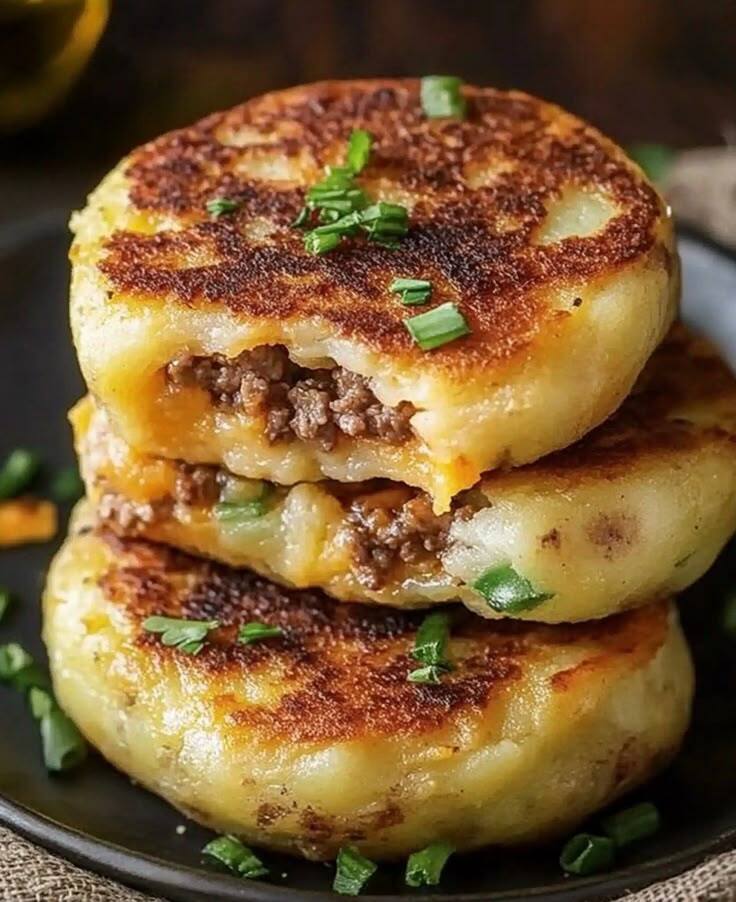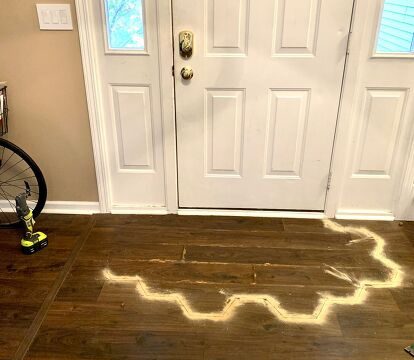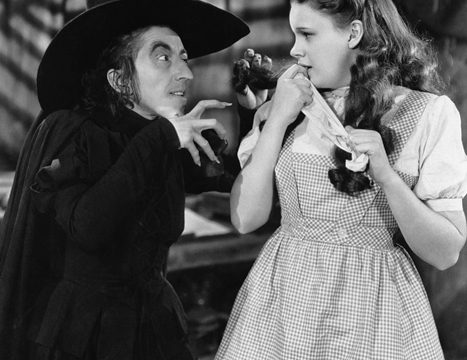Walking into my mother-in-law’s kitchen that evening, I was met with the comforting sounds and smells I had come to expect—onions sizzling in a pan, the rich aroma of simmering sauces filling the air, and Paula, my mother-in-law, humming an old tune from her childhood as she stirred with her favorite wooden spoon. My husband, Aron, and our kids, Sarah and Thomas, were already scouring the fridge for snacks while waiting for dinner to be served. Everything felt warm and familiar—until I noticed what Paula was cooking.

She was browning ground beef in a skillet, and the scent was mouthwatering. But then I froze. She hadn’t rinsed the beef before tossing it into the pan. My stomach clenched. In our home, rinsing ground beef was a must. I had grown up believing it was essential for removing excess fat and any lingering residue. To me, it wasn’t just a habit—it was a hygiene rule. Paula, however, had taken the beef straight from the package and placed it in the pan without so much as a drop of water.
I tried to keep my reaction subtle, but I must not have done a great job because Paula turned to me and asked, “Are you alright, dear?”
I hesitated before mumbling something about needing a glass of water and stepping away from the stove. My kids, always perceptive, noticed my unease.
“You’re not eating dinner?” Sarah, my eight-year-old, whispered, sensing my hesitation.
“I think we’ll wait and see,” I answered, keeping my tone as neutral as possible.
I debated whether to say something to Paula. I wanted to gently suggest that rinsing the beef might be a good idea, but I also didn’t want to insult her. She took great pride in her cooking, and I knew that every meal she prepared was made with love. Still, the thought of not rinsing the meat made me cringe.
Trying to keep things casual, I finally asked, “Paula, have you ever considered rinsing ground beef before cooking it?”
She gave me a puzzled look. “Rinse it? I’ve never rinsed any meat unless it looked dirty or had packaging residue on it. Why would I?”
“Well,” I said carefully, “my mom always taught me to rinse it to remove extra fat and bacteria. I’ve done it for years and just assumed most people did.”
Paula let out a warm chuckle. “Oh, sweetheart, your ground beef will be just fine without a rinse. The fat renders out as it cooks, and you can just drain it. As long as it reaches the right temperature, bacteria won’t be an issue.”
Her calm response made sense, but I still felt uneasy. I had spent my whole life believing that rinsing was necessary. My instincts told me to stick to what I knew, so I quietly told Sarah and Thomas that we would eat something else if I didn’t feel comfortable.
Fifteen minutes later, Paula called everyone to the table. She had prepared her classic ground beef and tomato skillet, filled with onions, bell peppers, and spices. Aron inhaled deeply and grinned. “Smells amazing, Ma.” He and the kids eagerly started eating.
I hesitated. My instincts screamed at me to stop them, but I was also starting to question whether I was overreacting. Paula had been cooking like this for decades, and no one in the family had ever gotten sick. Could I really be so sure that my method was the only right one?
Still, I declined a plate, gently convincing Sarah and Thomas to do the same. “We’ll have something else,” I said, making an effort not to offend Paula. Aron shot me a puzzled look, and the kids looked disappointed, but I stood firm.
That night, after the kids were asleep, Aron and I had a long talk. “Honey,” he said, “I know you’ve always rinsed ground beef, but my mom never has. And honestly, neither do most people. Are you sure it’s necessary?”
His question lingered in my mind, and for the first time, I realized I didn’t actually know the official stance on it. I had always assumed it was a food safety rule, but was it really?
Determined to find out, I grabbed my phone and started researching food safety guidelines.
What I found shocked me. Many food safety experts actually advise against rinsing raw meat, including ground beef, because it can cause bacteria to spread onto kitchen surfaces, leading to cross-contamination. As for fat, draining the meat after cooking was the recommended method. Cooking beef to the proper internal temperature—160°F (71°C)—was the best way to ensure safety.
I sat there, feeling both relieved and a little embarrassed. I had been convinced for years that rinsing was necessary, but it turned out to be just a habit—one that might not even be the safest.
The next morning, I approached Paula while she was making breakfast. “Paula,” I said softly, “I just wanted to say I’m sorry if I made you feel bad about your cooking yesterday. I did some reading, and I realized you don’t actually have to rinse ground beef.”
She smiled and patted my hand. “Oh, sweetheart, there’s nothing to apologize for. You were just looking out for your family. I respect that.”
That moment taught me an important lesson. Sometimes, what we believe to be an absolute necessity is simply a habit we learned growing up. We follow traditions because they feel familiar, not necessarily because they’re essential. But life is about learning, understanding different perspectives, and finding a balance between old habits and new knowledge.
Later that day, I decided to share one of my favorite recipes with Paula—a dish that used ground beef in a fun and creative way: Easy Stuffed Potato Cakes. We cooked together, blending her techniques with mine, and it turned out to be a hit. It was a simple but meaningful moment—a reminder that in cooking, as in life, there’s always room to learn from each other.
Is Rinsing Ground Beef Necessary?
According to food safety experts, rinsing ground beef is unnecessary and can actually spread bacteria around the kitchen. Instead, drain the fat after browning the meat and ensure it’s cooked to 160°F (71°C). Proper handling and cooking eliminate harmful bacteria, making rinsing irrelevant.
Recipe: Easy Stuffed Potato Cakes with Ground Beef
Ingredients:
- 1 lb ground beef
- 1 small onion, finely chopped
- 2 garlic cloves, minced
- 1 tsp salt
- ½ tsp black pepper
- 1 tsp paprika (optional)
- 4 large potatoes (peeled, boiled, and mashed)
- 1 tbsp butter, melted
- ½ cup shredded cheese
- ¼ cup flour (for dusting)
- 2 tbsp vegetable oil (for frying)
Instructions:
- Brown the beef: In a skillet, cook the ground beef with onion and garlic. Season with salt, pepper, and paprika. Drain excess fat.
- Prepare the potatoes: Mash the boiled potatoes with butter, salt, and pepper.
- Assemble: Flatten a scoop of mashed potatoes, add beef and cheese in the center, then seal with another layer of potatoes.
- Cook: Dust with flour and pan-fry until golden brown. Serve warm.
This experience reminded me that food is more than just cooking—it’s about family, learning, and embracing new perspectives. If you enjoyed this story, share it with others. Let’s continue learning and celebrating traditions together!





